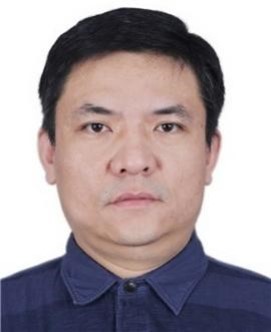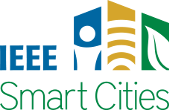Foreword: Empowering Smart Cities toward a Net Zero Future with Smart Energy
Written by Haoyong Chen, Guest Editor
This special issue of the IEEE Smart Cities eNewsletter focuses on the development of smart, low-carbon and efficient urban energy systems, that support the realization of the carbon neutrality target. These urban energy systems are centered on electricity and coupled with various other energy sources such as wind, thermal, oil and gas. The comprehensive utilization of multiple energy sources is becoming an important means to improve power generation efficiency, accommodate renewable energy systems, and reduce carbon emissions. The integration of high share of intermittent renewable energy generation systems, a large number of distributed resources, multiple energy networks and the wide participation of stakeholders across a smart city have brought challenges to the planning and operation of urban energy systems.
The production, transmission and consumption of electricity often needs to be carried out through various types of networks such as power grids and gas networks. These power delivery systems and networks are implemented in different forms such that they can be collectively referred to as energy networks. Due to the rapid development of information and communication technology (ICT) that makes energy systems and networks smarter in terms of efficiency, maintenance and reliability. Information networks based on traditional automation, Internet technology, and emerging technologies such as artificial intelligence, big data, cloud computing, IoT, blockchain, etc., can be utilized to monitor and control energy production, storage, transportation and utilization. Thus, smart urban energy systems take the shape of a three-layer network architecture that copes with various needs in across the smart city energy infrastructure. This issue of the eNewsletter features three articles that discuss how key challenges can be addressed.
The first article by Yongjun Zhang et al. is entitled “Discussion of Cloud-edge Collaboration Technology for the Ubiquitous Internet of Things in Electricity in the Smart City Scenario.” The authors introduce the development trend and research frontier of cloud-edge collaboration technology in ubiquitous Internet of Things in Electricity (IoTE) and emphasize its great development potential and research value with reference to practical application scenarios.
The second article, entitled “Research and Application of Regional Integrated Energy System Based on Distributed Low-Carbon Energy Station” and authored by Guixiong He et al., introduces the architecture of regional integrated energy system consists of power distribution system, gas distribution system and regional thermal system. The demonstrative project in Shanghai, China shows excellent development prospects.
Finally, the third article, entitled “Scalable MEMS Wind Turbine Power Generator Array over Urban Civil Infrastructure” and written by Shanmugha Sundaram, discusses an exciting idea of harnessing the power of air currents in urban environments through the technology of microelectromechanical systems.
As a guest editor of this special issue, I would like to extend a special thanks to the authors, the IEEE Smart Cities Publications Committee, and all of the IEEE staff for their ever-tireless support.
This article was edited by Bernard Fong
To view all articles in this issue, please go to March 2022 eNewsletter. For a downloadable copy, please visit the IEEE Smart Cities Resource Center.

To have the eNewsletter delivered monthly to your inbox, join the IEEE Smart Cities Community.
Past Issues
To view archived articles, and issues, which deliver rich insight into the forces shaping the future of the smart cities. Older eNewsletter can be found here. To download full issues, visit the publications section of the IEEE Smart Cities Resource Center.



